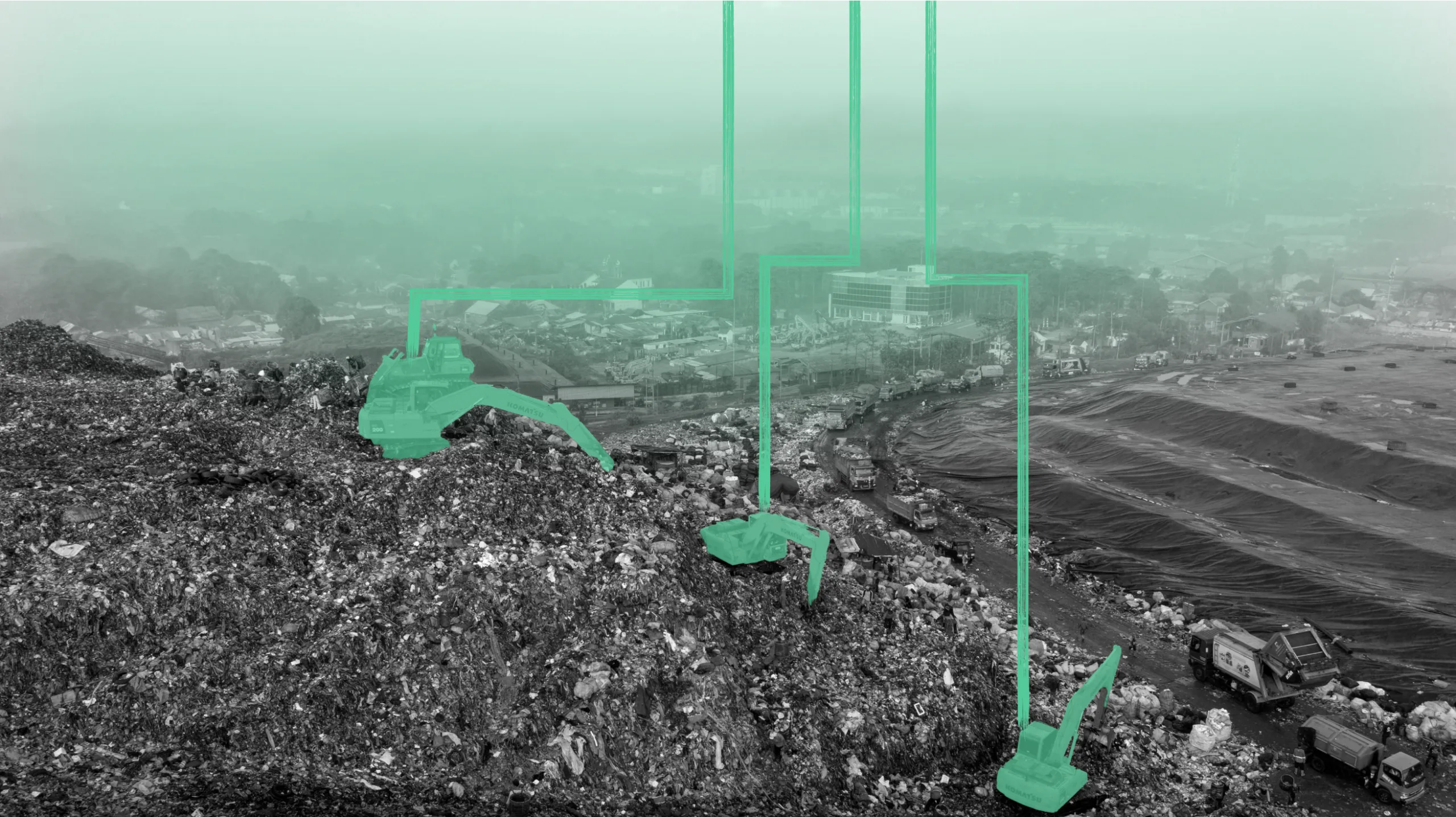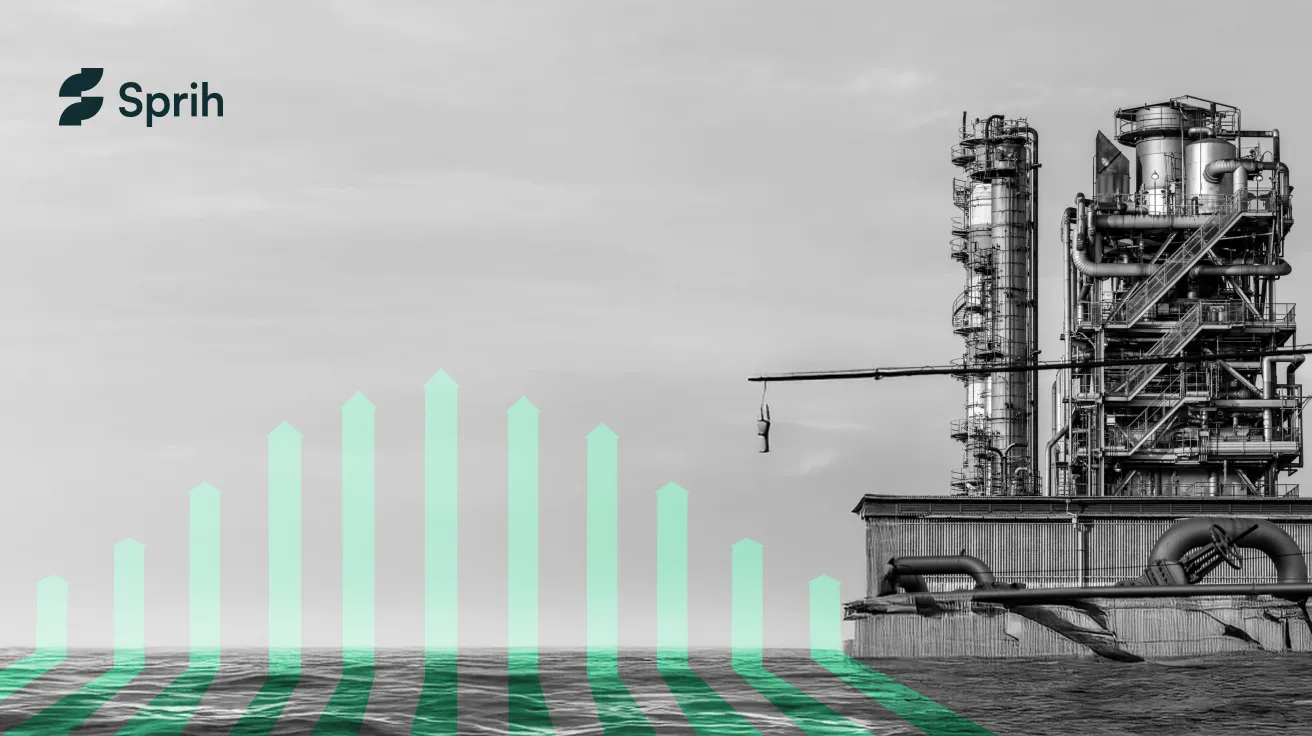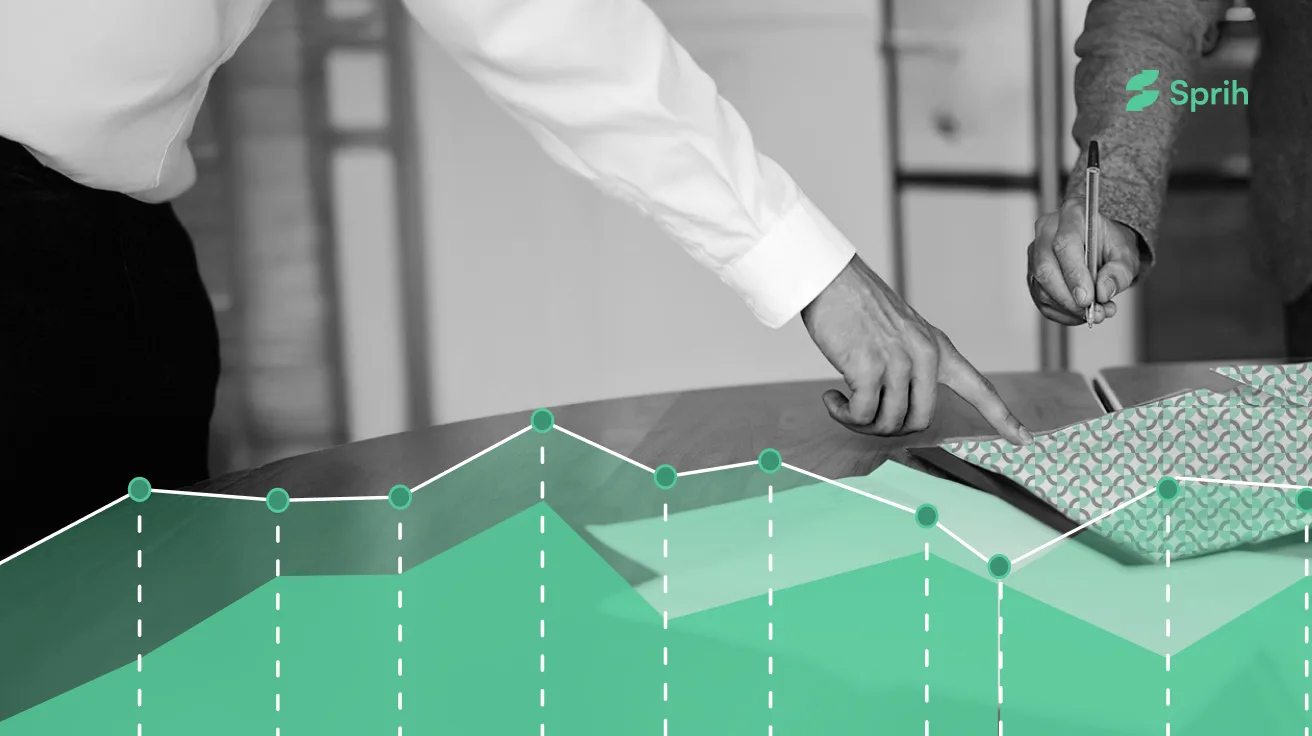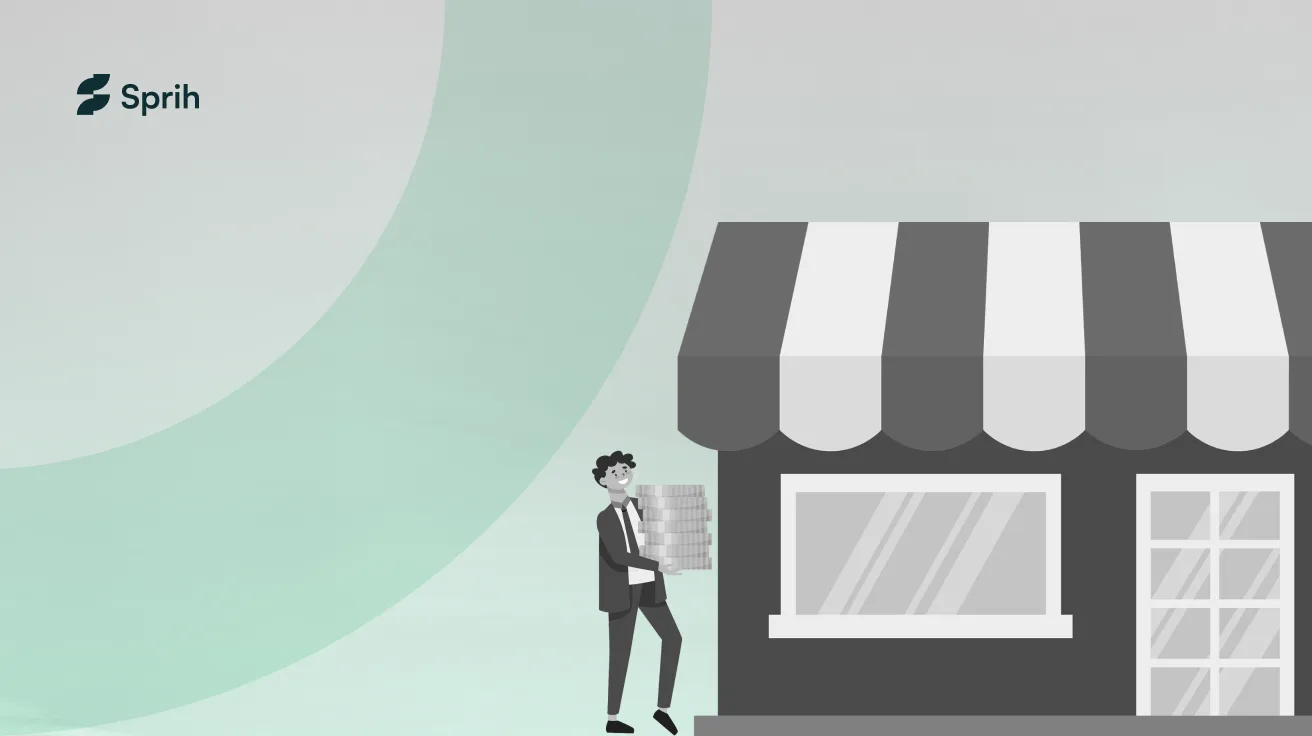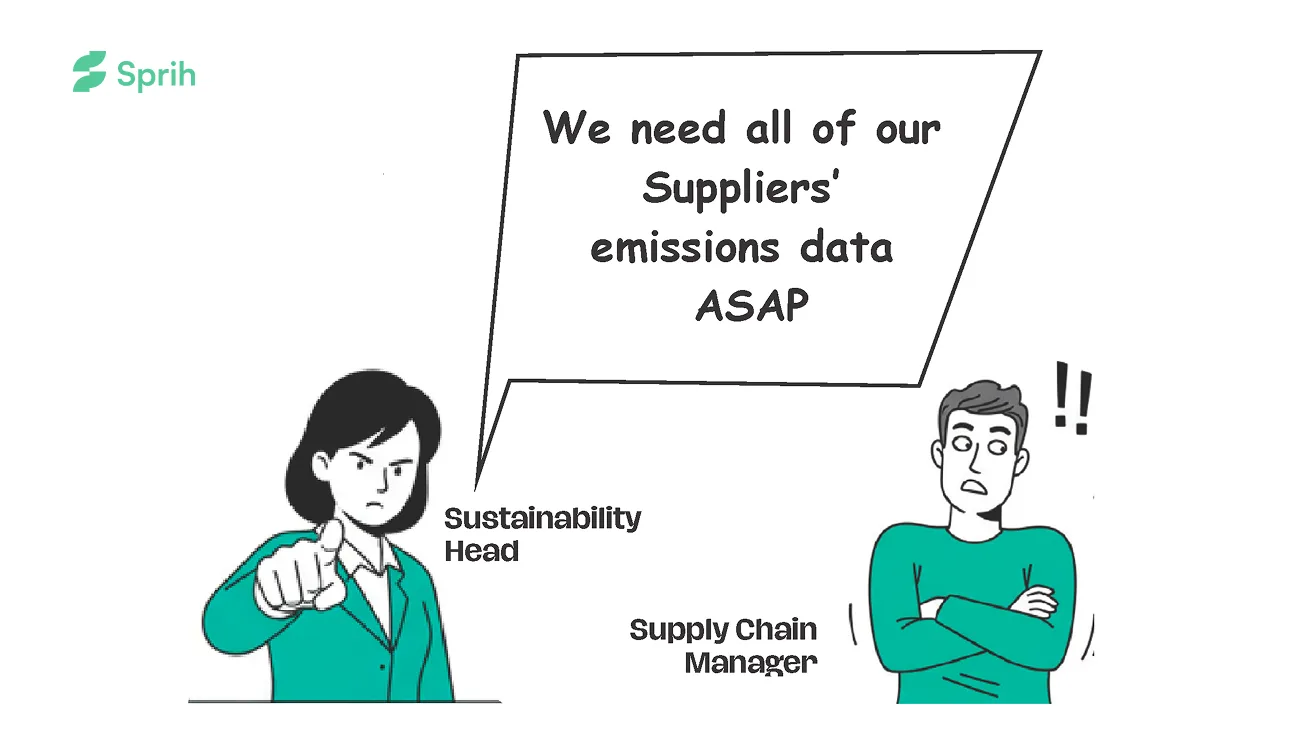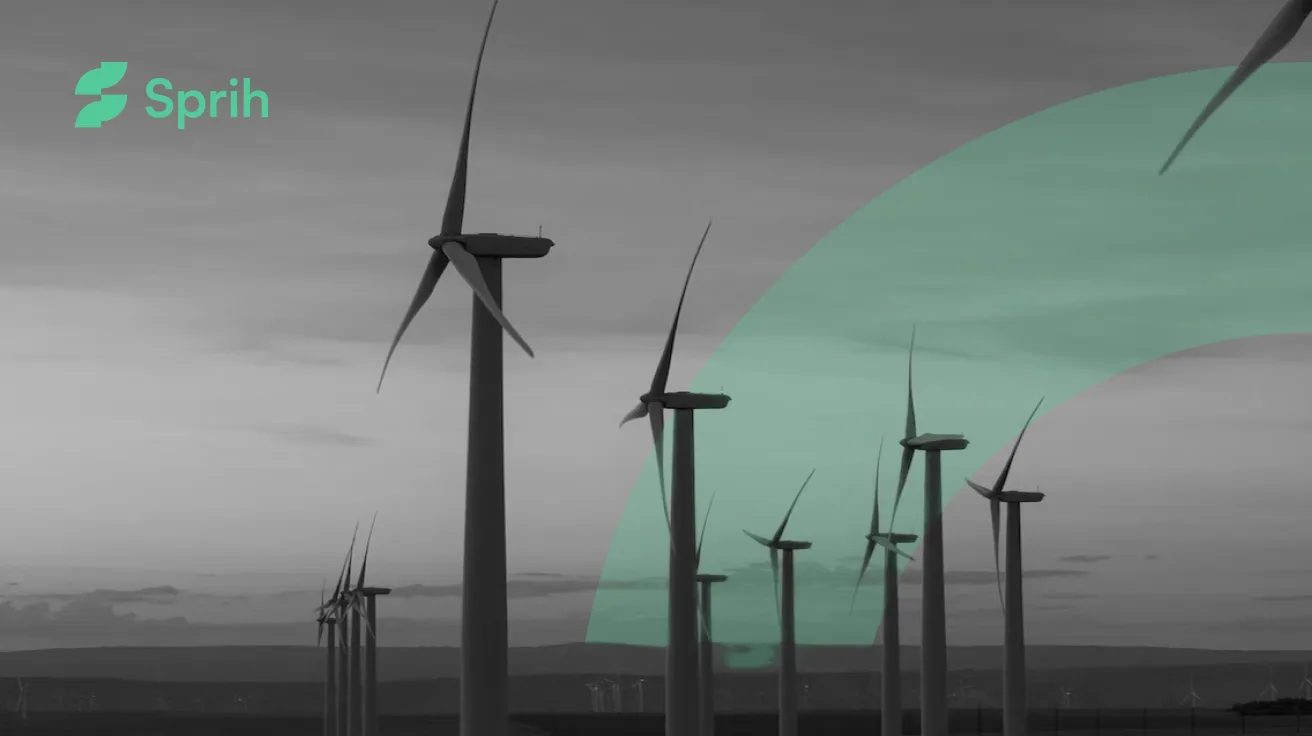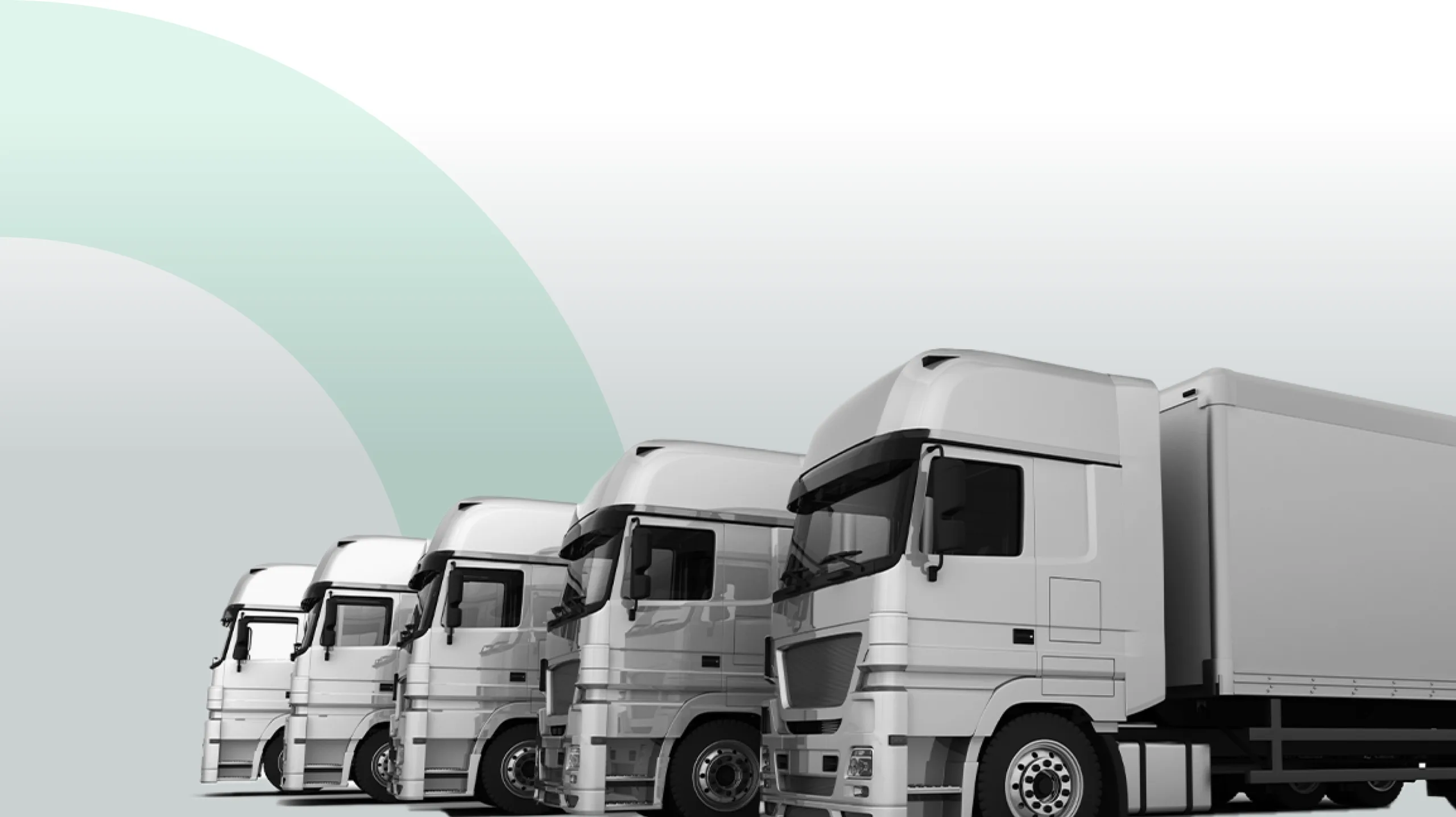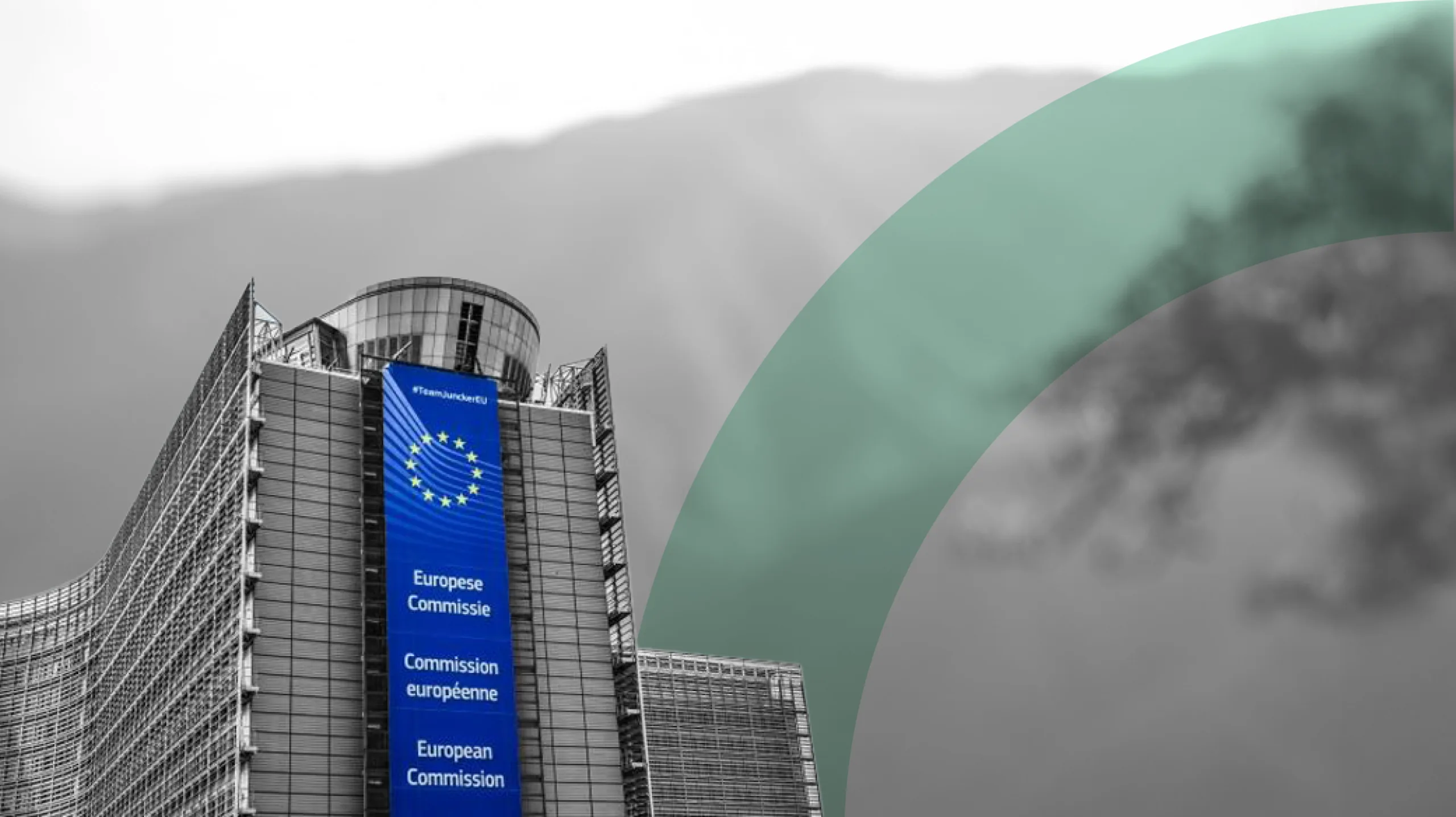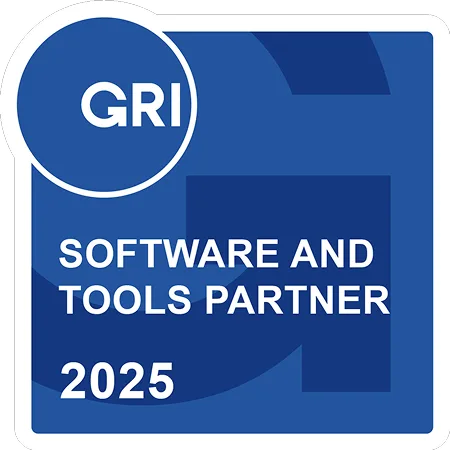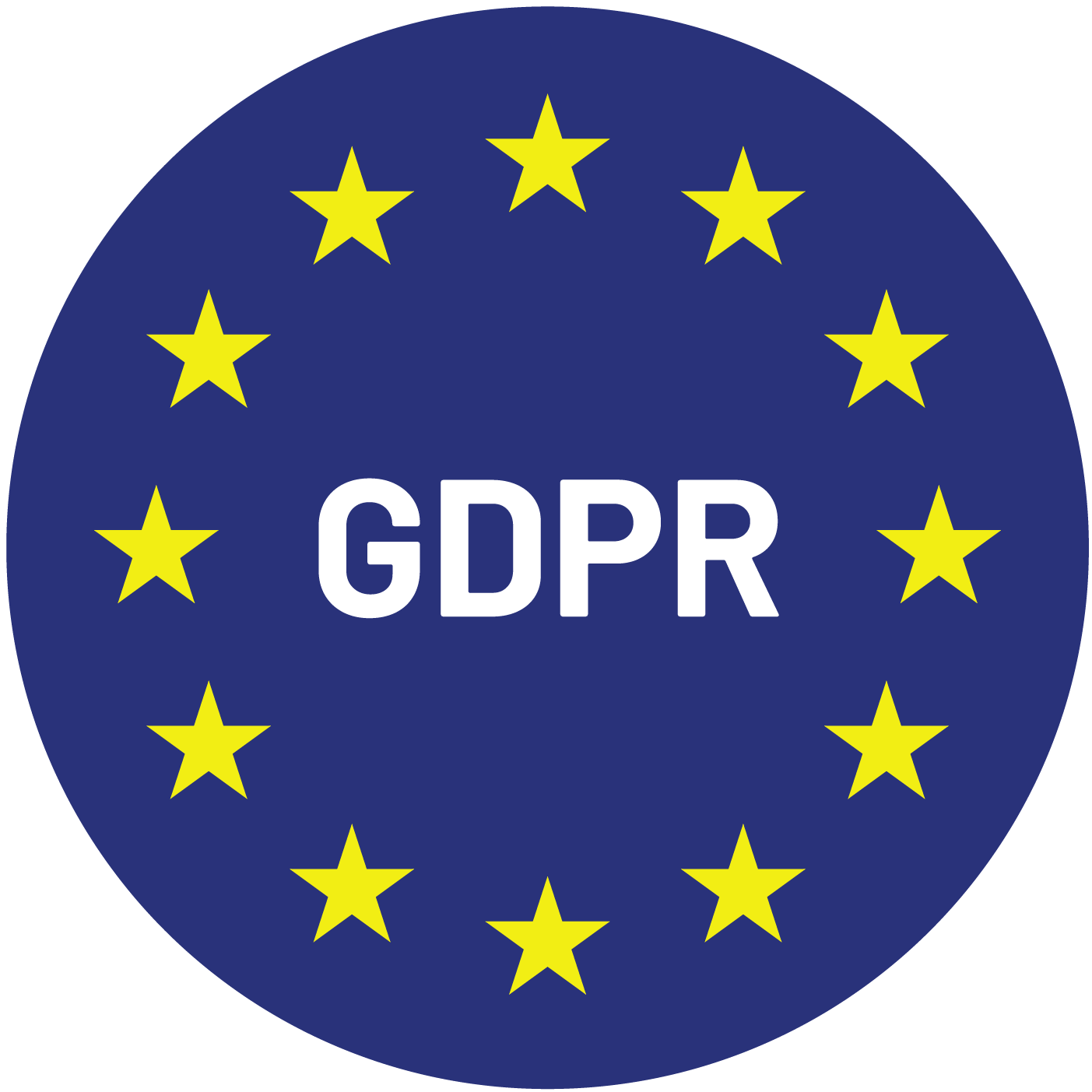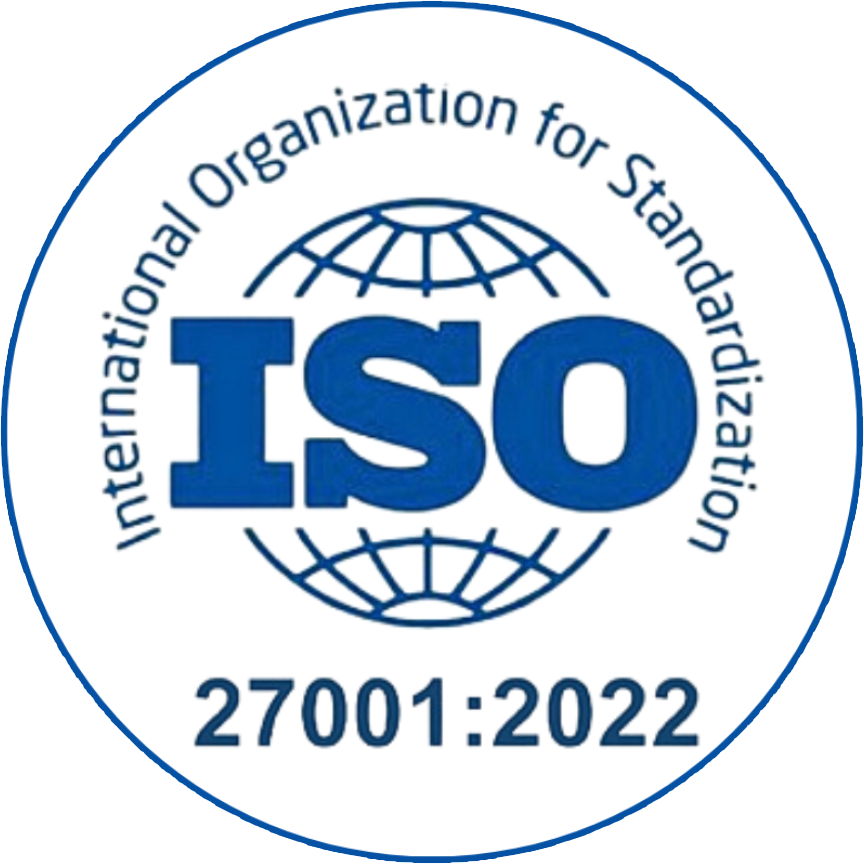Most companies track emissions during production and use, but the journey doesn’t end when a product is discarded. End-of-life treatment—how a product is managed after consumer use—can have a significant environmental footprint, especially in sectors like packaging, electronics, fast-moving consumer goods, and manufacturing. Scope 3 Category 12, as defined by the GHG Protocol, requires companies to account for emissions from the disposal, recycling, or incineration of products they’ve sold. These emissions can offer critical insights into product design, circularity, and extended producer responsibility (EPR) strategies.
In this blog, we explore what Scope 3 Category 12 covers, how to measure emissions accurately, and strategies to reduce them as part of your climate transition plan.
What Is Scope 3 Category 12?
Scope 3 Category 12 includes greenhouse gas emissions from the end-of-life treatment of products sold by the reporting company in the current reporting year. This applies whether the product is a finished good or an intermediate component and includes any associated packaging.
These emissions occur when a product is:
- Landfilled
- Incinerated
- Recycled
- Composted
- Used for energy recovery
According to the GHG Protocol, companies should report the total expected emissions resulting from all sold products as they are disposed of after consumer use.
Why End-of-Life Emissions Matter
1. Capture Full Product Lifecycle Impact
Many product-based companies overlook the emissions impact that arises after the point of sale. For single-use items like packaging or FMCG products, this may be the most carbon-intensive phase.
2. Regulatory and EPR Pressure
New policies such as the EU Waste Electrical and Electronic Equipment (WEEE) Directive and plastic taxes are making producers increasingly responsible for post-consumer waste.
3. Circularity and Product Stewardship
Addressing end-of-life emissions promotes better eco-design, material selection, and packaging strategies.
4. Stakeholder Expectations
CDP, SBTi, and ESG investors now expect comprehensive Scope 3 reporting, including disposal and waste treatment emissions.
Challenges in Measuring Category 12 Emissions
1. Limited Visibility into Post-Consumer Disposal
Once a product leaves the retailer or distributor, companies often have limited visibility into where and how it is discarded.
2. Regional Waste Treatment Variations
Waste management infrastructure varies globally, meaning a product could be recycled in one region and landfilled in another.
3. Lack of Product-Specific Data
Without internal LCA data or consumer studies, companies must rely on industry averages or assumptions.
4. Estimating Intermediate Product Disposal
Companies selling intermediate components must estimate how their input is disposed of in final products, which adds complexity.
Strategies to Reduce End-of-Life Emissions
1. Design for Disassembly and Recyclability
- Use monomaterials instead of composites
- Eliminate non-recyclable adhesives and coatings
- Incorporate clear recycling instructions on packaging
2. Eliminate Problematic Packaging
- Replace multi-layer or foil-lined packaging with recyclable paper or PET
- Reduce volume of single-use plastics
3. Implement Take-Back Programs
- Offer consumers options to return used products or packaging
- Partner with certified recycling facilities
4. Shift to Circular Product Models
- Lease instead of sell (Product-as-a-Service)
- Offer refurbishment or second-life programs for electronics, fashion, or machinery
5. Use Biodegradable or Compostable Materials
- Ensure compatibility with industrial composting infrastructure
- Avoid greenwashing—validate materials through certifications
How Sprih Supports Category 12 Emissions Management
Sprih helps you integrate downstream emissions management into your sustainability reporting with tools to:
- Automate end-of-life emissions calculations
- Use region-specific waste treatment assumptions
- Track product-level carbon footprint from production to disposal
- Generate audit-ready reports for CDP, GHG Protocol, and SBTi
- Model impact of eco-design or packaging reduction scenarios
Request a Demo to explore how Sprih simplifies Scope 3 reporting across the entire lifecycle.
Take Responsibility Beyond the Sale
End-of-life emissions are the final—but far from least important—step in your product’s carbon journey. Scope 3 Category 12 is not only a regulatory necessity but also an opportunity to lead in sustainable design, circular innovation, and responsible consumption.
With tools like Sprih, companies can shift from assumptions to action—building products and systems that are built not just for use, but for reuse, recycling, and beyond.
FAQs
What is Scope 3 Category 12?
Scope 3 Category 12 refers to greenhouse gas emissions from the end-of-life treatment of sold products, including processes like landfilling, incineration, recycling, composting, or energy recovery once the product is disposed of by the consumer.
Why does Scope 3 Category 12 matter for companies?
It enables companies to capture the full lifecycle impact of their products, meet regulatory obligations such as Extended Producer Responsibility (EPR), and support circular economy strategies while meeting stakeholder expectations.
How does end-of-life product design impact Scope 3 Category 12 emissions?
Designing products for durability, recyclability, and easier disassembly can significantly reduce emissions during disposal, making end-of-life management more efficient and environmentally friendly.
What challenges do companies face in reporting Scope 3 Category 12 emissions?
Companies often struggle with limited data on consumer disposal behaviors, regional variations in waste infrastructure, and a lack of product-specific emission factors, leading to reliance on industry averages.
What strategies help reduce emissions under Scope 3 Category 12?
Organizations can implement product take-back schemes, reduce unnecessary packaging, use biodegradable materials, and work toward designing products that support circularity to lower emissions at the end-of-life stage.
